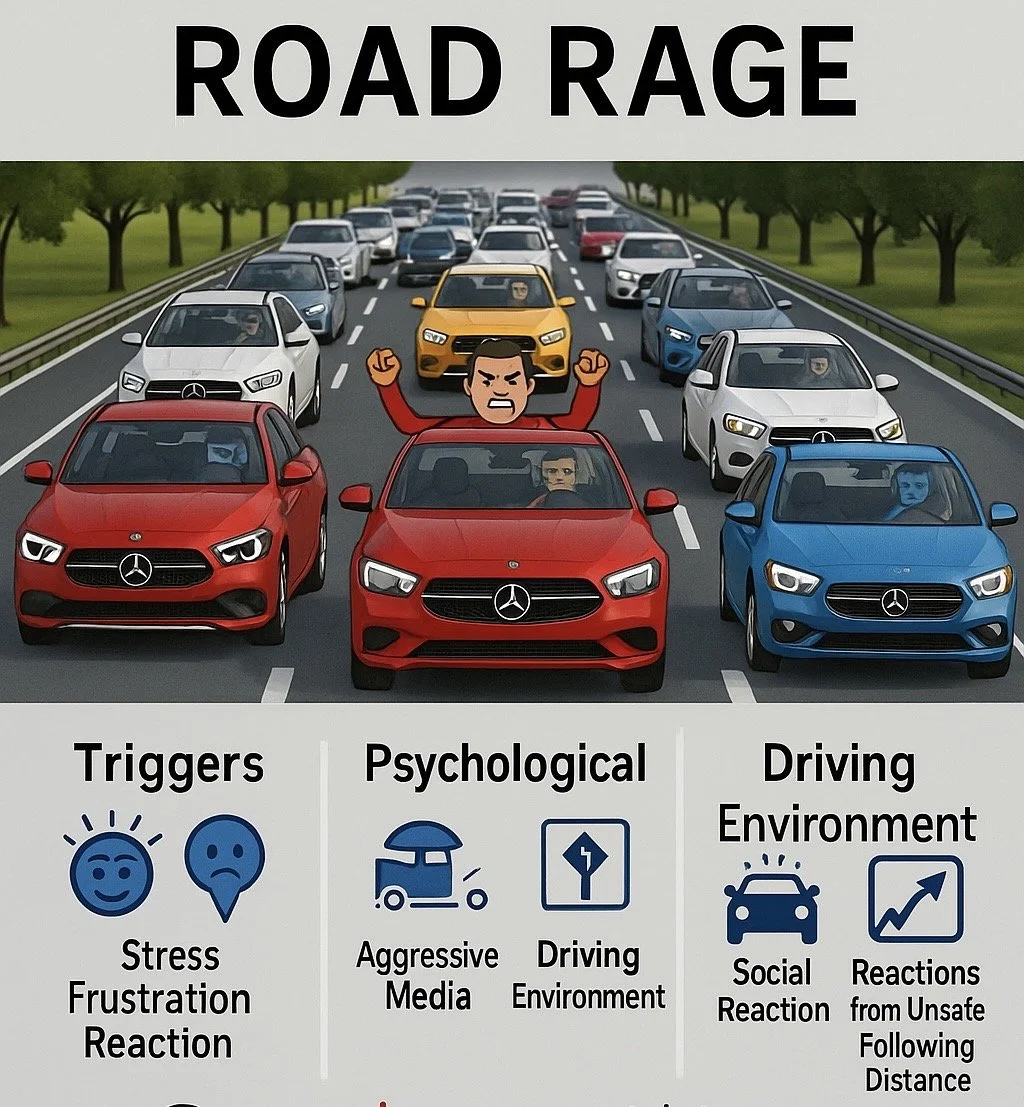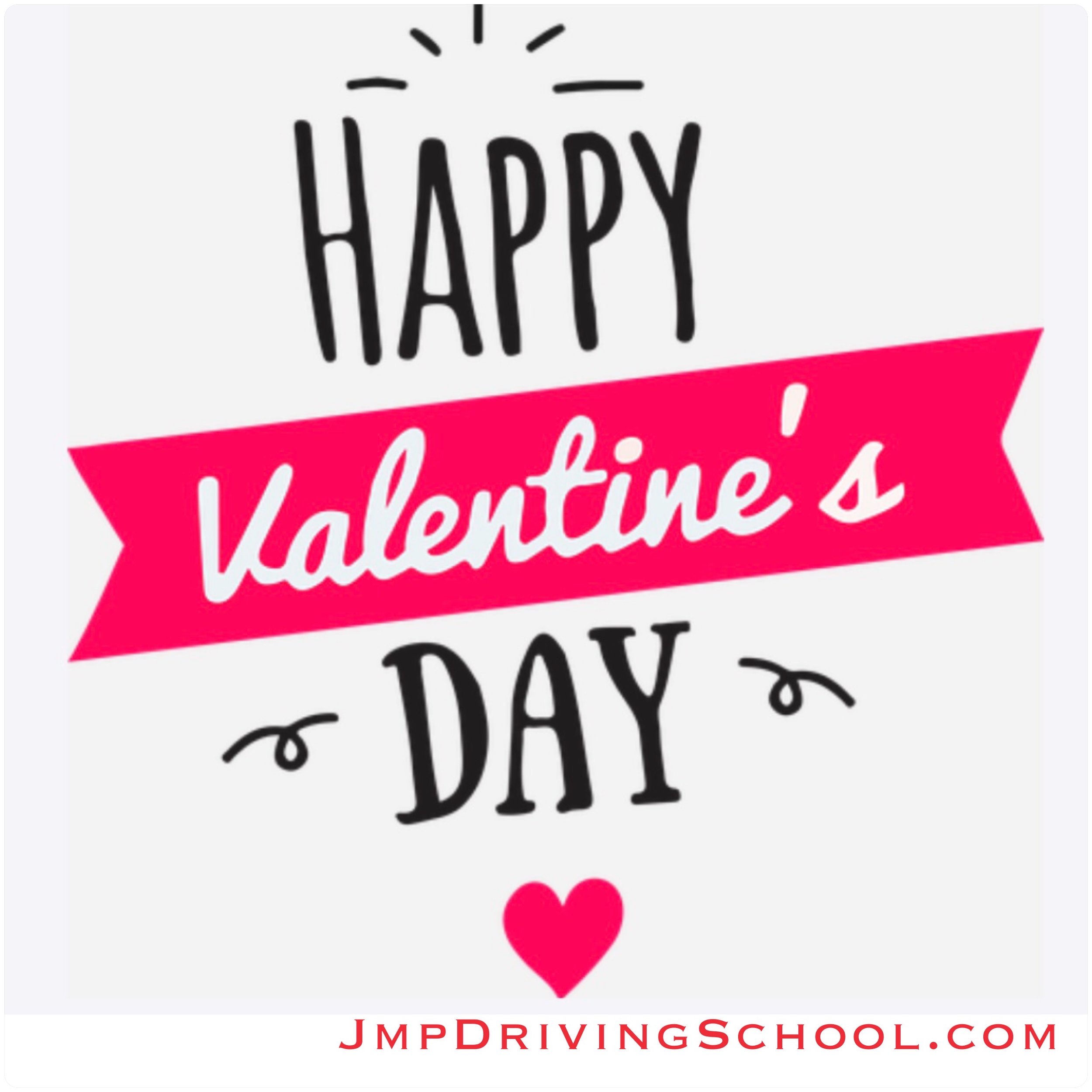Can You Get a DUI riding a Bicycle in Florida? Yes — And Here’s Exactly Why
/When most people think of a DUI, they imagine a driver behind the wheel of a car. But in Florida, the law casts a much wider net. If you choose to ride a bicycle after drinking, you might be surprised to learn that you can still face a full DUI charge — with real legal consequences.
This article breaks down why, how, and where the law supports this, so you can stay safe and informed on the road.
🚲 Florida Law: Bicycles Are Legally “Vehicles”
The key to understanding bicycle DUIs in Florida is this:
Florida law treats bicycles as vehicles in most situations.
According to Florida Statute §316.2065(1):
“Every person riding a bicycle upon a roadway … shall have all of the rights and all of the duties applicable to the driver of any other vehicle.”
This means that when you operate a bicycle on public roads, the law expects the same level of responsibility as if you were driving a motor vehicle.
🍺 DUI Statute Applies to “Any Vehicle”
Florida’s DUI statute does not limit DUI offenses to cars or trucks.
Instead, it applies to any vehicle operated while impaired.
According to Florida Statute §316.193:
“A person is guilty of the offense of driving under the influence if the person is driving or in actual physical control of a vehicle within this state and is under the influence…”
Since bicycles fall within the definition of a vehicle, riding one while impaired makes you eligible for a DUI charge.
⚖️ What Happens If You Get a DUI on a Bicycle?
Even though you’re not driving a motor vehicle, the penalties can still be serious:
Fines
Possible jail time
Probation
DUI school
Community service
Driver license suspension (yes, even though the DUI happened on a bike)
The legal system treats the offense seriously because an impaired cyclist can still cause a crash or injury — to themselves or others.
🚓 Do Police Actually Charge Bicycle DUIs?
While police in Florida can charge full DUI on a bicycle, real-world enforcement varies:
If the cyclist is riding dangerously, weaving into traffic, or causing a hazard → DUI more likely
If the cyclist is drunk but not dangerous → police may choose disorderly intoxication, a lesser charge
Still, several DUI-on-bicycle cases have happened in Florida, and the law fully supports them.
🛑 Why This Matters for Teens and New Drivers
At JMP Driving School, we train our Miami students to understand not just how to drive — but how to stay safe in all traffic situations.
Young riders often believe:
“I’ll ride my bike instead of driving so I can drink — it’s safer.”
Legally?
Not necessarily.
Just because you’re not behind the wheel of a car doesn’t mean you’re free from DUI laws or their long-term consequences.
📚 Where to Read the Official Florida Laws
For full transparency, here are the official legal sources:
Florida Statute §316.2065 – Bicycle Regulations
Florida Statute §316.193 – Driving Under the Influence
These are the governing laws that confirm bicycles fall under vehicle rules — and that DUI applies to any vehicle.
✅ Final Thoughts
So yes — in Florida, you can get a DUI on a bicycle.
The law is clear, the statutes support it, and the consequences can affect your wallet, your record, and even your driver’s license.
As responsible road users, whether on two wheels or four, it’s essential to make smart choices — and never ride impaired.









